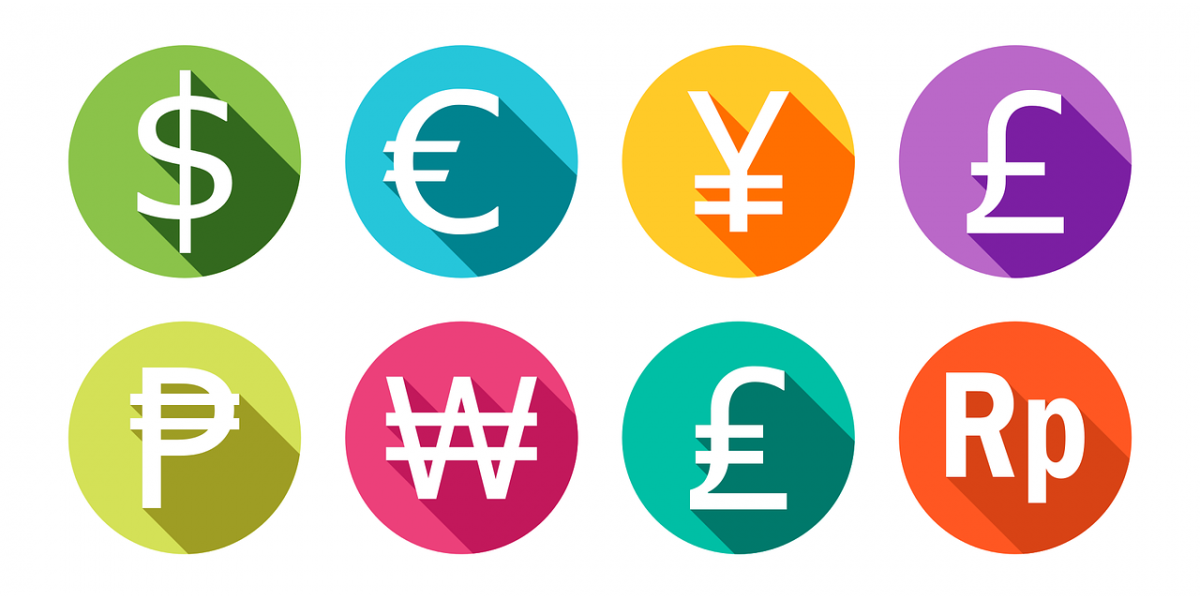Selling your products or services outside your own country helps create more opportunities for your business. However, global expansion means accounting for multiple currencies and securing payment processing solutions that accommodate these.
Find the best payment processing company
The first thing you need to open yourself to the international market is a multi-currency payment processor. This type of provider allows you to accept payments from other countries made through credit cards. This type of processor will display prices in the customer’s local currency, but their payouts will be in your own currency.
Payment processors have a list of currencies they support, as well as business models for which they can process payments. Check your provider’s website for this information and make sure you are compliant before you start the application process.
Check if they support the right currencies
Before you sign a contract with a processor, check if the contract stipulates all the currencies in which you plan to transact. You can also clarify what your payment processor uses as settlement currencies. This is to ensure that the funds that will register in your business’ bank account are the ones that reflect your desired currency.
Furthermore, clarify if there are administrative or transfer fees that you should pay for each transaction. If you enlist the services of a multi-currency provider, you will likely incur these additional fees. When a merchant accepts payments in a local currency, there is usually no extra charge. However, if it is in a foreign currency, there is usually a one percent fee for transferring.
Ensure support for multiple languages
The checkout is arguably the most important page of the conversion process. The way your page is designed determines how likely people would be to follow through with a purchase. A checkout page should be free from friction—one way to ensure that is by translating it into various languages.
Make sure that your hosted payment page offers translations for the commands and functions. Find a provider that automatically does this based on the location of the customer; this will ensure that you keep frustrations to a minimum.
Use local currencies for prices
Another way you can minimize friction is by accepting payments and displaying prices in local currency. This is convenient for your customers and minimizes chargebacks. When you list items, you should allow your customers to pay in the local currency. This means pounds for UK-based customers, dollars for American ones, and so on.
People always check the amount on the price tag, but they do not always look at the currency. As a result, they might fix a price in their head while they are paying for the item, and may get surprised when their bank statements do not reflect this, which might result in a chargeback. Assume that people do not convert when looking up your products and do this for them.
Conclusion
Offering various payment options can help you improve your conversion rate and boost your sales. However, selling in foreign markets means adapting to the payment methods that locals use. Here are the first things to remember when setting up multi-currency systems.
Set up a frictionless payment system with Payment Page. We help small and medium business owners create a hosted payment page for their online business, and start accepting online payments easily. Get in touch with us today for more information!




